#House of Orange-Nassau
Note
Hi! Top 3 fav tiaras? Luving u ssm by the way ♡♡
Hii lovely!! Thank you so much for your precious compliment and the question🩵
I love literally everything royalty-related, including tiaras, of course-but here are some of my favorites.

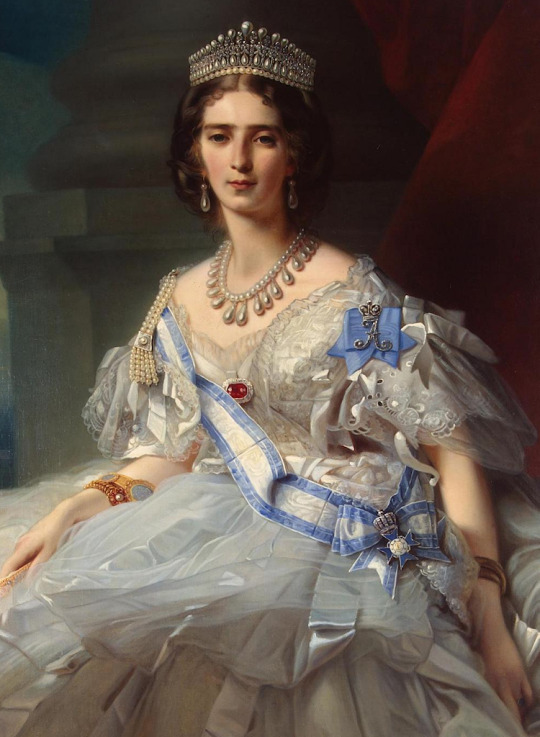
Yusupov lover’s knot tiara
In the second picture, you can see Princess Tatiana Alexandrovna Yusupova wearing it.
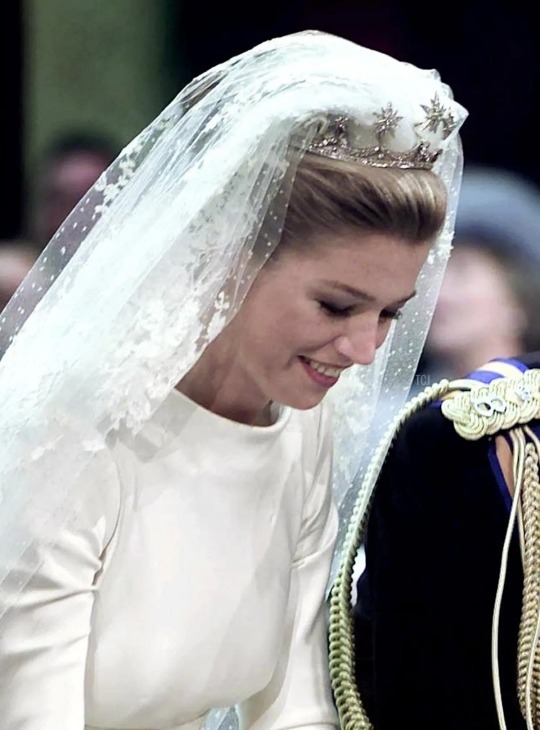

Queen Maxima’s starry wedding tiara
In the pictures you can see Queen Maxima of The Netherlands wearing it.

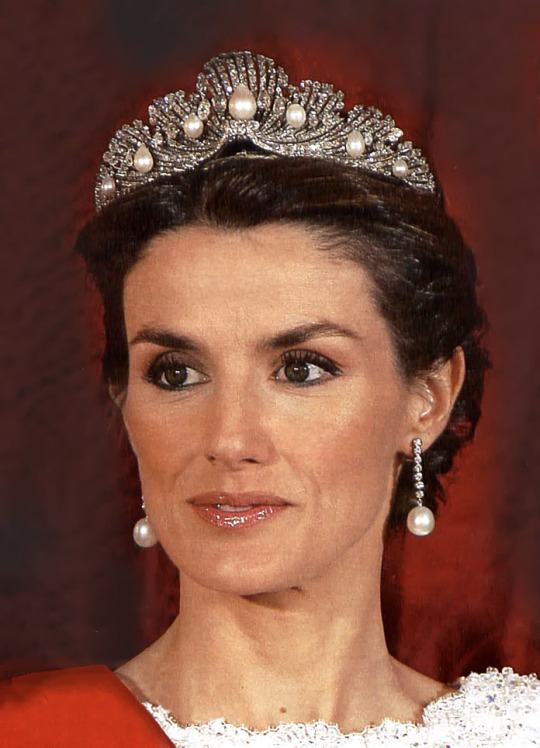
The Mellerio Shell tiara
In the second pucture you can see Queen Letizia of Spain wearing it.
#should i make new series of this?#didi’s#didi#queen letizia#queen maxima#dutch royal family#spanish royal family#durf#srf#orange-nassau#house of orange-nassau#bourbon#house of bourbon#princess tatiana alexandrovna yusupov#tatiana alexandrovna#yusupov#tiara#tiaras
4 notes
·
View notes
Text
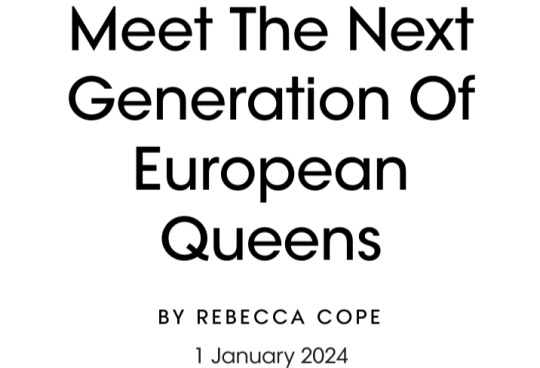
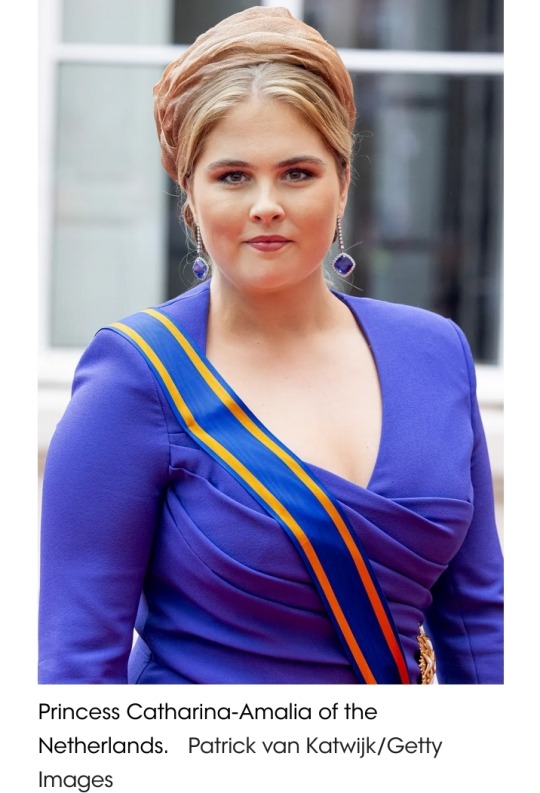
Princess Catharina-Amalia of the Netherlands
Princess Catharina-Amalia (born 7 December 2003) is the heir to the Dutch throne and is the eldest of King Willem-Alexander and Queen Maxima’s three daughters.
Unusually, the monarchy in The Netherlands has been predominantly female-led, with three Queens reigning in succession from 1890-2013, when Catharina-Amalia’s father became King, so she’s in good company historically.
Unlike her parents who have committed a handful of regrettable gaffes (including going on holiday to Greece during a Covid-19 lockdown), Catharina-Amalia seems to have her finger on the pulse of the nation.
Case in point:
She rejected her rights to a yearly royal allowance when she turned 18, ostensibly because as a student (she’s studying politics, psychology, law, and economics at the University of Amsterdam), she’s not a “working” royal but also because it felt wrong during a cost of living crisis.
Much like Prince William here, the Princess is keen to have a normal university experience and lived in shared housing with other students until she was threatened with kidnap by a criminal gang.
She also attended a public primary school and even worked in a beach bar in The Hague during her summer break.
Like many Gen Z-ers, she has spoken candidly about mental health, revealing she sometimes sees a therapist, and while making no direct comments about it, she was the focus of new legislation that means LGBTQIA+ royals would be able to marry anyone they chose without forfeiting their right to the throne.
The House of Orange is in need of good PR, as its popularity rankings have dropped in recent years, with Catharina-Amalia hopefully just the fresh face it needs.
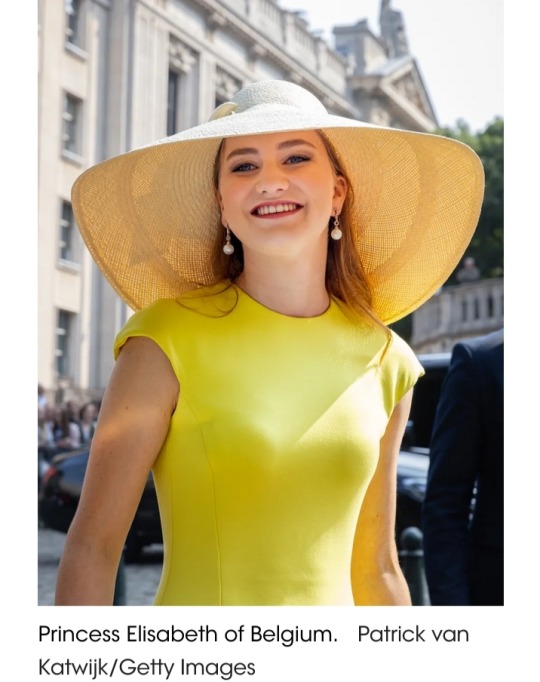
Princess Elisabeth of Belgium
Princess Elisabeth (born 25 October 2001) will make history when she ascends to the throne as the country’s first Queen Regnant.
A decade before her birth, the primogeniture was altered to allow for female succession, and she will be the first monarch to benefit.
Had it not been changed, her younger brother, Prince Gabriel, would have been the next King.
The 22-year-old is the eldest daughter of King Philippe and Queen Mathilde. She has a second younger brother, Prince Emmanuel.
She spent her formative years in Brussels, before attending “Hippie Hogwarts,” UWC Atlantic College in Wales.
After completing her education, she undertook a year of military training at the Royal Military Academy in Brussels, following in the footsteps of other heirs to the throne.
She’s now studying at Lincoln’s College at Oxford University, where she has competed in the rowing team.
She’s a confident public speaker, having had lots of practice: her first speech was at the age of nine when she opened a children’s hospital named in her honour.
She’s also becoming increasingly recognised for her fashion choices, with reports of the “Elisabeth” effect in Belgium, where her fans rush out to buy what she’s wearing, drawing comparisons to our very own Princess of Wales.
In recent years, Belgium, like many other Western nations, has had to confront its colonial past.
How the Princess decides to acknowledge and apologise for Belgium’s part remains to be seen, but will be vital for how she’s viewed both at home and on the world stage.
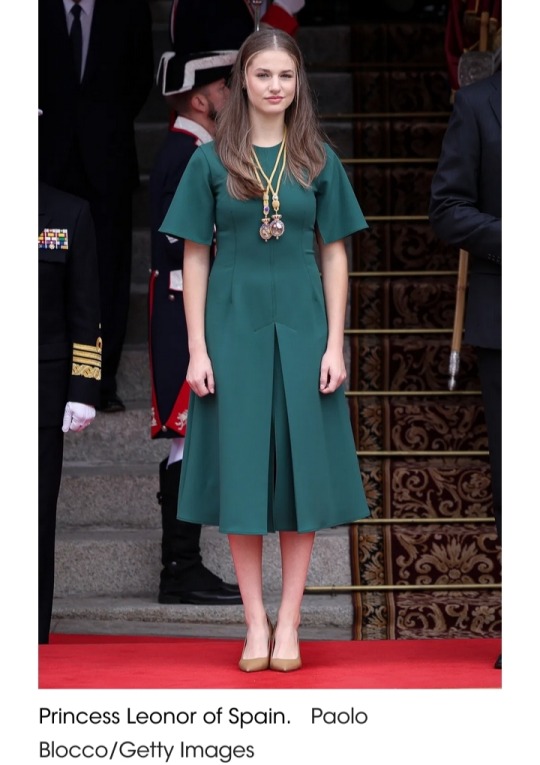
Princess Leonor of Spain
The world has been gripped by so-called “Leonormania” in recent weeks, after the heir to the Spanish throne turned 18.
The eldest of King Felipe and Queen Letizia’s two daughters, Princess Leonor (born 31 October 2005) is fast-becoming a national obsession, with her every fashion choice (and potential boyfriend) documented and dissected.
Her rising public profile is in contrast to her closely guarded childhood, during which she made very few public appearances.
After attending primary school in Barcelona, she moved to Wales to complete her education at UWC Atlantic (the same school as Princess Elisabeth of Belgium), where she graduated earlier this year.
She is now enrolled in a military academy undergoing officer training, which will last for three years.
Ahead of her 18th birthday, she presented her inaugural Princess of Asturias Awards, managing to appear decidedly unstarstuck when meeting Hollywood icon Meryl Streep and Japanese author Haruki Murakami.
Much like her father, Leonor will be keen to distance herself from the fiscal scandals of her grandfather, the ex-King Juan Carlos, which also implicated her aunt and uncle, and have played out telenovela-style in Spain over the last decade.
She will do well instead to emulate her mother and grandmother, the beloved Queen Sofia, whose chic style she has already clearly inherited.
In terms of politics, one issue she may have to face head on is the rise of Catalan separatism – an issue that her father made a rare public statement against in 2020 – and which he has been widely criticised on.

Princess Victoria of Sweden (and Princess Estelle)
The 46-year-old Princess Victoria (born 14 July 1977) is another European royal who has benefitted from the modernisation of primogeniture.
In fact, she was second-in-line to the Swedish throne at birth and leapfrogged over her younger brother, Prince Carl Philip, upon the change in the constitution.
It caused something of a controversy at the time, as her father, King Carl XVI Gustaf, objected to the change – not because he didn’t want women to succeed but because of his sympathy towards his son, who was suddenly stripped of his Crown Prince status.
In Sweden, the monarch has even less of a role in public life than in the UK, and as such, King Carl XVI Gustaf has largely kept out of the spotlight.
However, similar to other royals of her generation, Victoria has been more candid about her personal life. She was open about her struggles with anorexia in the 1990s.
Speaking about her experience in 2002, she said:
“I, Victoria, didn’t exist. It felt like everything in my life and around me was controlled by others. The one thing I could control was the food I put in me.”
She leapt to the defence of her now-husband, personal trainer Daniel Westering, when the couple’s early relationship came under close scrutiny.
Princess Victoria’s 11-year-old daughter, Princess Estelle (born 23 February 2012), is next in line to the throne after her mother.
She has similarly benefitted from the change in the law, as she has a younger brother, Prince Oscar.
Commentary in the Swedish press questioned the appropriateness of their match, something which Victoria spoke out against.
#Future European Queens#European Royalty#Princess Catharina-Amalia of the Netherlands#The Netherlands#Dutch Royal Family#Princess Elisabeth of Belgium#Princess Leonor of Spain#Spanish Royal Family#Princess Victoria of Sweden#Princess Estelle of Sweden#Swedish Royal Family#House of Bernadotte#Belgian Royal Family#House of Bourbon#House of Orange-Nassau
2 notes
·
View notes
Text
We are very happy to announce that our Dutch friends and kinsmen have joined the fray! Contact @best-nassau-monarch for more information.
(Also British are here too I guess. UGH.)
#history#russia#netherlands#house of romanov#house of orange-nassau#i just hope all these newcomers#put their money where their loud mouth is#and actually make a bracket!
1 note
·
View note
Text

Willem II, Prince of Orange and His Bride Mary Stuart by Anthony van Dyck, 1641.
#classic art#painting#anthony van dyck#flemish artist#17th century#portrait#couples portrait#indoor portrait#prince#princess#orange nassau#house of stuart#fashion#white dress
84 notes
·
View notes
Text
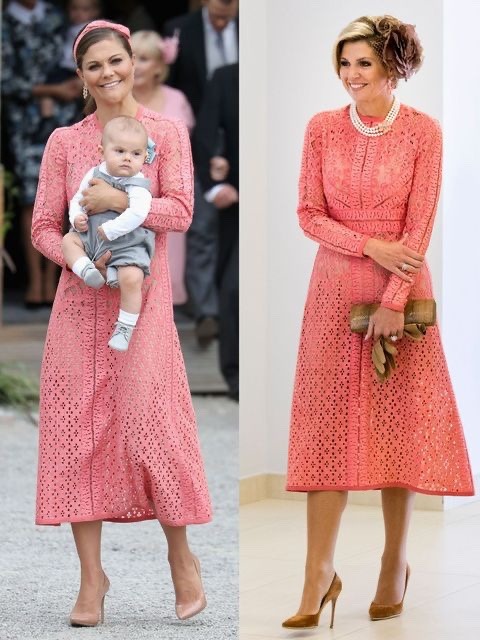
#sweden#the netherlands#crown Princess Victoria#Swedish royal family#house of bernadotte#queen maxima#maxima zorreguieta#Dutch royal family#house of orange nassau#who wore it best
28 notes
·
View notes
Text
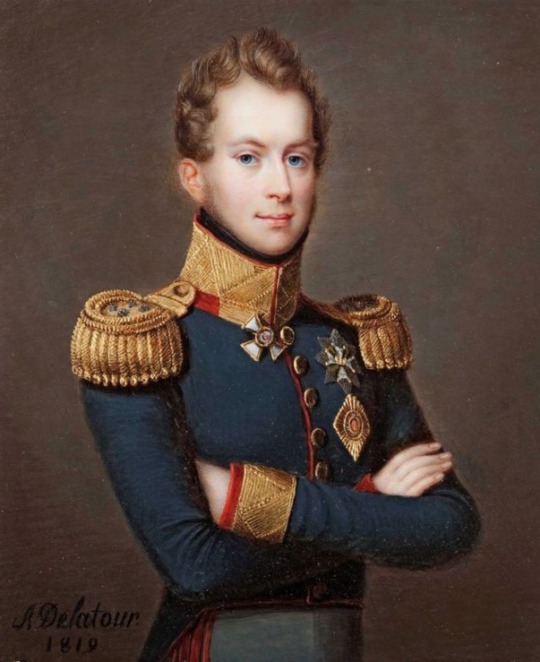
Prince William of Orange-Nassau (1795-1865). By Alexander Delatour.
18 notes
·
View notes
Photo


“Like a friendship.”
#Queen Maxima#Crown Princess Mary#Crown Prince Frederik#Dutch Royal Family#Danish Royal Family#Koningin Maxima#Kronprinsesse Mary#Kronprins Frederik#House Orange Nassau#House Glucksburg Monpezat#FM visits: Netherlands 2022#[\/]#FRIENDSHIP#lol idk#i'm very simpish presently
106 notes
·
View notes
Photo

Princess Frederica Louise Wilhelmina of Orange-Nassau (28 November 1770 – 15 October 1819) was a Hereditary Princess of Brunswick; married 14 October 1790 to Hereditary Prince Charles George August of Brunswick-Wolfenbüttel (1766 – 20 September 1806), son of Charles William Ferdinand, Duke of Brunswick-Wolfenbüttel. She was known in the family as "Loulou".
#Louise of Orange-Nassau#House Orange-Nassau#XVIII century#XIX century#people#portrait#paintings#art#arte
31 notes
·
View notes
Text
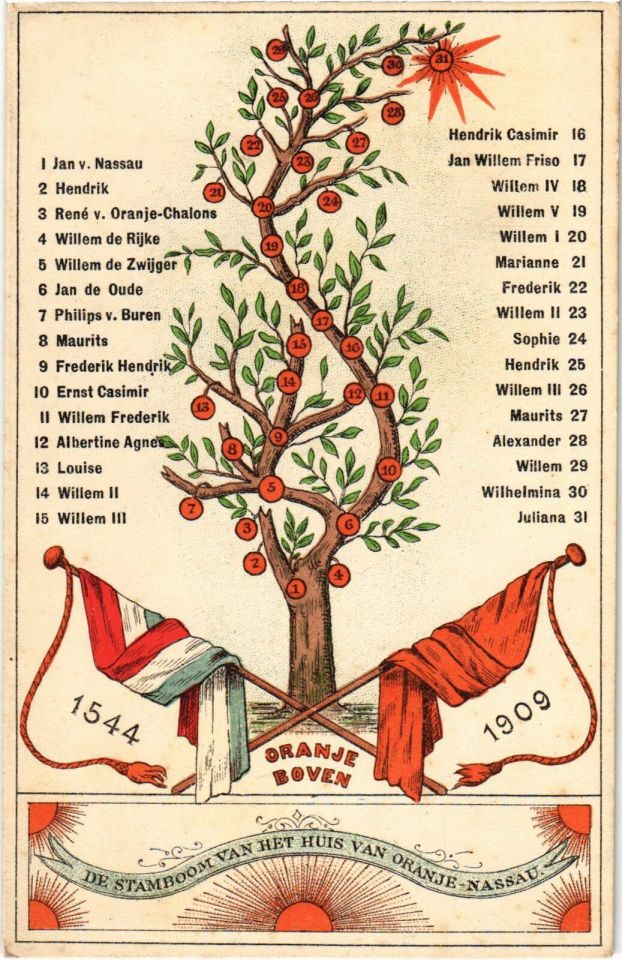
Family tree of the Royal House of Orange-Nassau
Dutch vintage postcard
#vintage#photography#postkarte#carte postale#dutch#the royal house of orange-nassau#postal#tree#family#briefkaart#postcard#orange#royal#nassau#old#photo#ansichtskarte#house#sepia#postkaart#ephemera#tarjeta#historic
6 notes
·
View notes
Text

Queen Lovisa of Sweden as a princess, copy of original by Nicaise de Keyser (oil on canvas, original 1850)
The future Queen Lovisa is depicted on a terrace with roses and ivy. She wears a white dress with delicate lace.
The portrait is regarded as being highly flattering, and as a future queen she had all the qualities the royal court was looking for. She was a Protestant and politically suitable, and came from a wealthy family.
The painting was produced by an unknown copyist, based on an original by the Belgian painter Nicaise de Keyser.
The portrait can be seen in the Bernadotte Gallery at the Royal Palace of Stockholm.
Photo: royalpalaces.se
#swedish royal family#queen lovisa#louise prinses der nederlanden#louise of the netherlands#louise prinses van oranje-nassau#louise of orange-nassau#house of orange nassau#art history#official portrait#swedish royalty#swedish history#royal history
1 note
·
View note
Text

Schloss Oranienburg

I didn't know it beforehand, but I came dressed to match the front portal. 😄
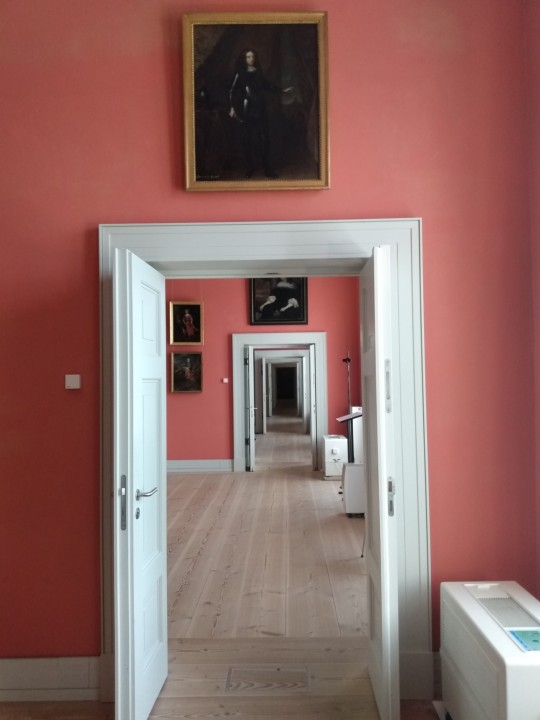
A palace to play Spot the Stuart in...

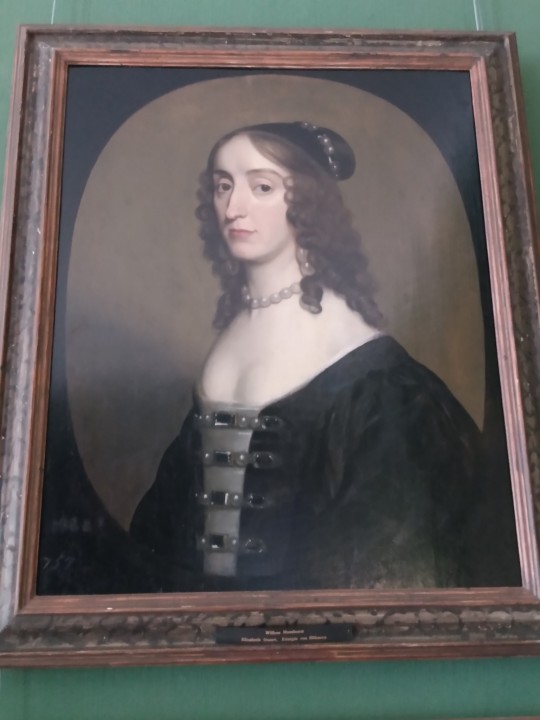
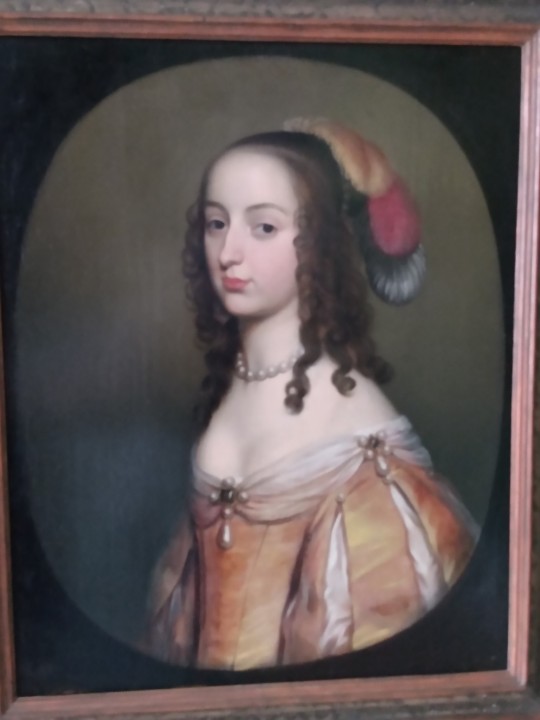


So many of them!
And in case you were ever curious what I look like and previously believed that I look like my profile picture, the friend who acconpanied me on this outing pointed at this portrait and exclaimed: "You look like her!"

... I'll think I'll get vaccinated against smallpox, then. I am rather desirous to live past 32. 😅

#r travels#oranienburg#schloss oranienburg#hohenzollern#house of nassau orange#elizabeth stuart#mary ii#william of orange#sophie von hannover#charles ii#charles i#henrietta maria of france
16 notes
·
View notes
Text
Historians calculated the staggering value of colonial profit for Willem III (also king of England, Ireland and Scotland), Willem IV and Willem V for a report published at the request of the Dutch parliament last week before a widely expected apology over slavery from the Dutch king.
The study, State and Slavery, is the first to quantify the financial value to the Dutch House of Orange-Nassau of colonial trade that included enslaving at least 600,000 African men, women and children and between 660,000 and 1 million people from Asia to be tortured, exploited and robbed of their freedom and their names. It is a legacy for which Willem-Alexander is expected to present a formal apology in Amsterdam’s Oosterpark on 1 July, the festival of Keti Koti (breaking the chains), 150 years after Dutch slavery in effect ended.
The €545m equivalent exceeded the money that the rulers, known as Stadhouders, took as heads of the state and military. Between 1675 and 1770, William III netted 1,094,998 guilders in his share of profits from the Dutch East India Company – the equivalent of €196m today.
70 notes
·
View notes
Text
By CANAAN LIDOR
Wearing a bright orange kippa, Ronny Naftaniel, a former leader of Dutch Jews, examines items at a junkyard sale in a village in the east of the Netherlands.
The eye-catching kippa is part of an initiative co-launched by two prominent non-Jewish Dutch actors, Huub Stapel and Hans Teeuwen, to protest antisemitism on King’s Day on Saturday. On that national holiday, Dutchmen wear their national color of orange in honor of their royal house, and many attend junkyard sales across the kingdom.
Baruch Van Riel, a Jewish wine importer from Baarle-Nassau, a small town near the border with Belgium, writes on Facebook that he wore an orange kippa to synagogue on Saturday.Stapel tells the Hart van Nederland news site that the hundreds of orange kippot that he and Teeuwen ordered for King’s Day are in demand. The team’s call for mayors to wear the kippot in solidarity with Dutch Jews has failed to enlist any of the mayors of the Netherlands’ large cities, he says
“I think it’s a little lame,” Stapel tells the Hart van Nederland website about the absence of a response by mayors amid reports that the number of antisemitic incidents in 2023 reached an all-time record of 379 cases, most of them after October 7. “It’s no political statement, it’s an attempt at connecting people so the country doesn’t fall apart,” Stapel tells Hart van Nederland.
13 notes
·
View notes
Text

New : Infanta Sofía of Spain will follow Princess Leonor, The Princess of Asturias's footsteps as she will attend the International Baccalaureate Diploma Programme of the UWC Atlantic College in Wales later this year.
She has submitted to the entire selection process required by the Spanish Committee of the United World Colleges Foundation (UWC Spain).
This fall, Infanta Sofía will begin her two-year academic programme which includes science, literature and more subjects. She will be boarding in one of the eight houses located at the UWC Atlantic College campus.
Her sister, Princess Leonor will be graduating from UWC Atlantic College in May 2023.
She will also follow in the footsteps of Crown Princess Elisabeth of Belgium, Duchess of Brabant, Princess Alexia of The Netherlands and Countess Leonore of Orange-Nassau -February 6th 2023.
#infanta sofia#princess leonor#princess of asturias#spanish royal family#spain#2023#february 2023#crown princess elisabeth#duchess of brabant#belgian royal family#princess alexia#countess leonore#dutch royal family#uwc atlantic college#uwc atlantic college 2023#royal children#my edit
73 notes
·
View notes
Text

Thérèse Schwartze (Dutch, 1851-1918) Portrait of Aleida Gijsberta van Ogtrop-Hanlo with her five children • 1906 • Centraal Entraal Museum, Utrecht, Netherlands
Artist of the Week
Thérèse Schwartze (Dutch, 1851-1918)
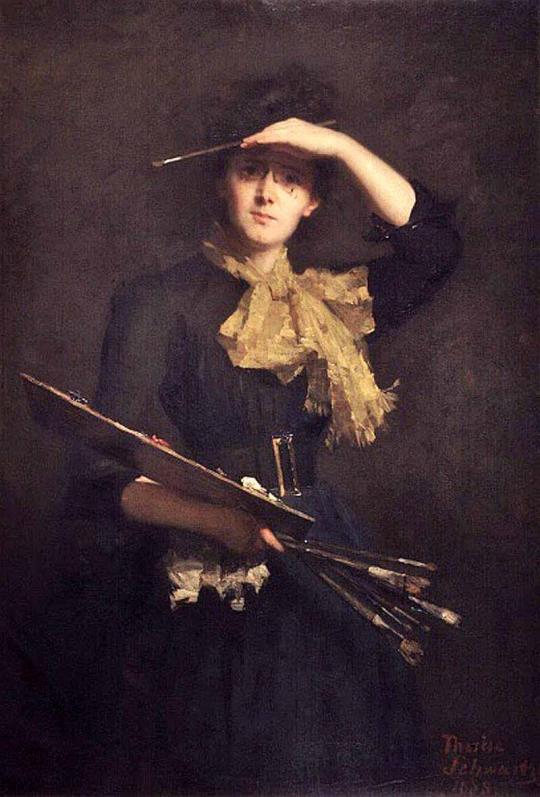
Self-portrait with palette • 1888 • Galleria Degli Uffizi, Florence, Italy
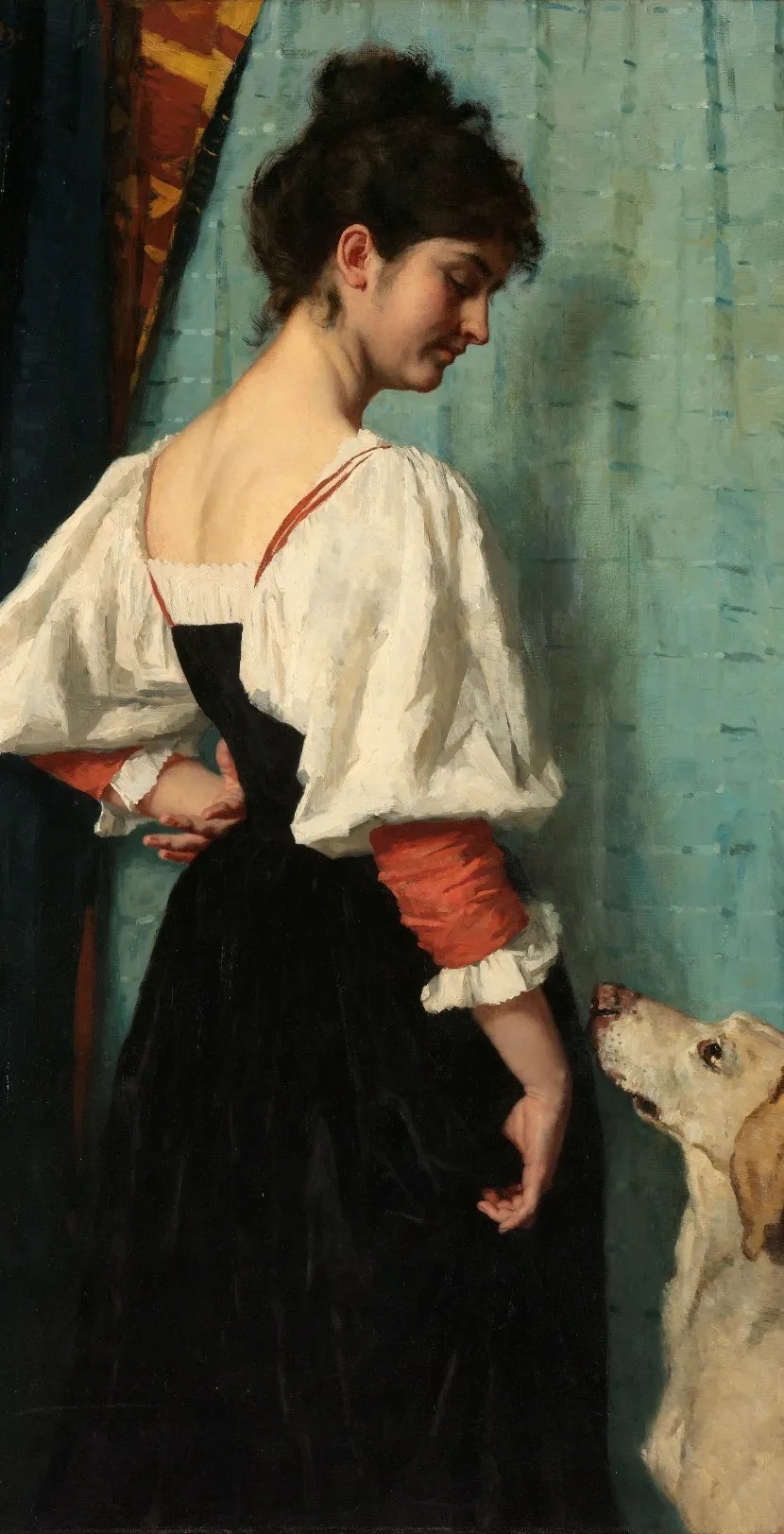
Young Italian Woman with a Dog • c. 1879 - c. 1885 • Rijksmuseum, Amsterdam

Portrait of Queen Wilhelmina in coronation robes • 1898 • House of Orange-Nassau Historic Collections Trust, Netherlands
#thérèse schwartze#art#painting#fine art#art history#women in paintings#19th century art#woman artist#dutch artist#portraitist#self portrait#paintings of children#paintings of women
15 notes
·
View notes
Text
19 notes
·
View notes